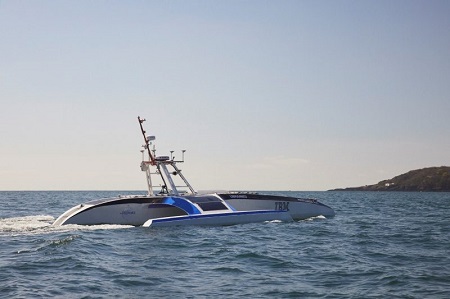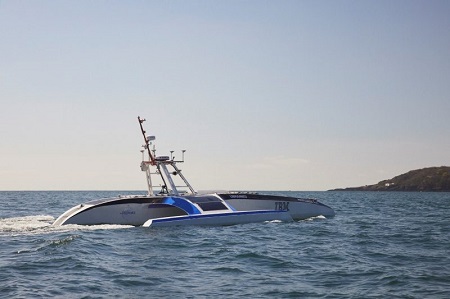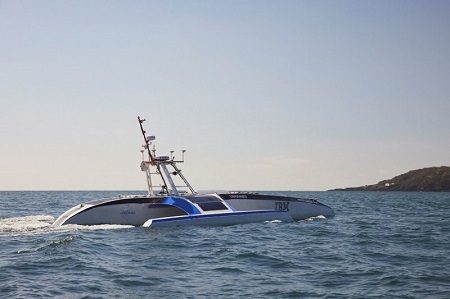During the Covid-19 pandemic, MENA consumers have greatly increased their consumption of digital video and audio content, accelerating a trend that is unlikely to slow down when the pandemic subsides. Meanwhile, the already weak advertising-supported media market has been eroded further, and will take some time to recover even to its 2019 levels.
Regional media companies can therefore no longer view digital revenue as a luxury. They must urgently diversify through digital business models, and focus on subscriptions, direct relationships with consumers, and monetisation of content. Governments can facilitate this transition by devising regulation which supports the growth of the digital media market, while telecom operators can seize a growth opportunity as enablers and aggregators.
According to our Global Entertainment and Media Outlook 2020-24, global digital revenue in 2020 is estimated to for the first time have accounted for more than half of the total entertainment and media revenue. The study suggests that the MENA region is not far behind the global average – the proportion of digital revenue for the region is estimated at 42%, and is expected to grow to 46% by 2024.
It is not difficult to understand why 2020 was a watershed year. With the lockdowns imposed by governments to control the pandemic, the demand for streamed video content immediately mushroomed. In the first month of the lockdown, 50% of OTT video subscribers increased their viewing time. Subscription services such as Netflix, Shahid and Starzplay Arabia responded to the burgeoning demand by adding more local content. This created a virtuous circle, with yet more viewers attracted to the platforms. Given the expanding supply of content on both regional and international platforms, OTT revenue is expected to grow by a CAGR of 12.3% between 2019 and 2024.
While there may be some quibbles over the exact figures, advertising revenue is stalling in comparison to consumer-paid revenue. Moreover, the digital proportion of advertising revenue is growing steadily. Regional media companies must adapt their business models to exploit the areas of higher growth; otherwise, global players will devote more attention to the growing MENA opportunity and invest the necessary resources to achieve a pre-eminent market position.
For larger media companies, this means a wholehearted commitment to their OTT platforms, making them as appealing as possible to the consumer in terms of both content and design. The OTT platform cannot be regarded as a second-rate alternative to free-to-air channels. Media companies will need to produce a differentiated volume of original local content and build scale through geographic expansion across the region. These platforms could either be purely subscription-based or a mix between advertising and subscription tiers.
Given their limited resources and audiences, however, it would be inefficient for smaller players to create and maintain their own platforms. They have two avenues open to them. One is to pool resources and content with other media companies to create a combined platform, thus reducing costs and increasing the reach of each individual company.
Alternatively, they can work with telecom operators as aggregators to host content from various media companies on their platforms, in return for a proportion of the revenue. Telecom operators already have the attributes to perform this role effectively – a billing relationship with customers and the necessary infrastructure and distribution capabilities. Even larger media companies could benefit from a telecom operator’s extensive reach when it comes to distribution. This is also a significant growth opportunity for telecom operators as they seek new revenue sources.
Media companies must also determine how to augment their capabilities in the most cost-effective way, possibly through acquisitions or partnerships. Essential competencies include subscriber management, original content production, digital distribution and viewer data analytics. Governments should also work with media companies to design effective digital regulation that protects consumers without stifling competition. They should strive for simplicity in regulation oversight. Governments can also help support the development of content production infrastructure and ecosystems, such as stimulating innovation through funding and incubator projects in association with development funds, venture capitalists and other investors.
The post The path to growth for Middle East media in a post-pandemic world appeared first on BroadcastPro ME.
Source: Broadcastpro ME

 Mauritius first satellite, MIR-SAT1, is scheduled to be launched on Thursday, 3 June, onboard a SpaceX Falcon 9 rocket launching the CRS2 SpX-22 mission to the International Space Station at 5:29 PM (UTC).
Mauritius first satellite, MIR-SAT1, is scheduled to be launched on Thursday, 3 June, onboard a SpaceX Falcon 9 rocket launching the CRS2 SpX-22 mission to the International Space Station at 5:29 PM (UTC).











 Mayflower Autonomous Ship (MAS) has selected Iridium and Thales Group as its official communications partner, providing critical real-time communications for the fully autonomous transatlantic research vessel.
Mayflower Autonomous Ship (MAS) has selected Iridium and Thales Group as its official communications partner, providing critical real-time communications for the fully autonomous transatlantic research vessel.

 Arianespace has launched the latest batch of 36 OneWeb satellites. With this launch, OneWeb has a constellation of 218 satellites in orbit.
Arianespace has launched the latest batch of 36 OneWeb satellites. With this launch, OneWeb has a constellation of 218 satellites in orbit.





 SpaceChain and Eurasian Space Ventures (ESV) have signed a Memorandum of Understanding (MOU) for ongoing collaboration and developing joint projects in the field of space and blockchain technologies.
SpaceChain and Eurasian Space Ventures (ESV) have signed a Memorandum of Understanding (MOU) for ongoing collaboration and developing joint projects in the field of space and blockchain technologies.